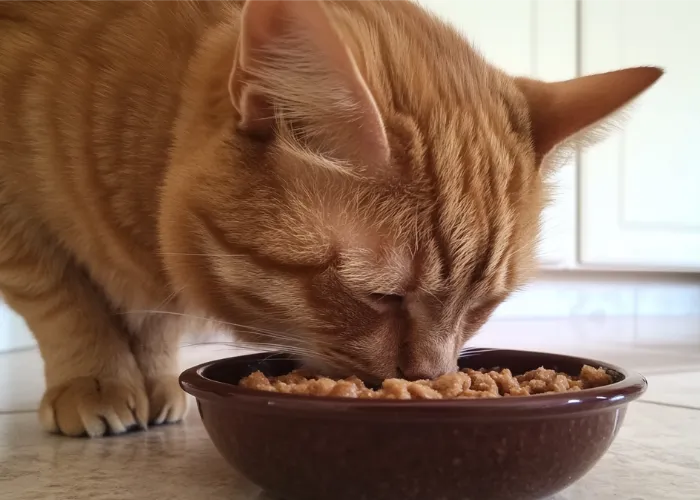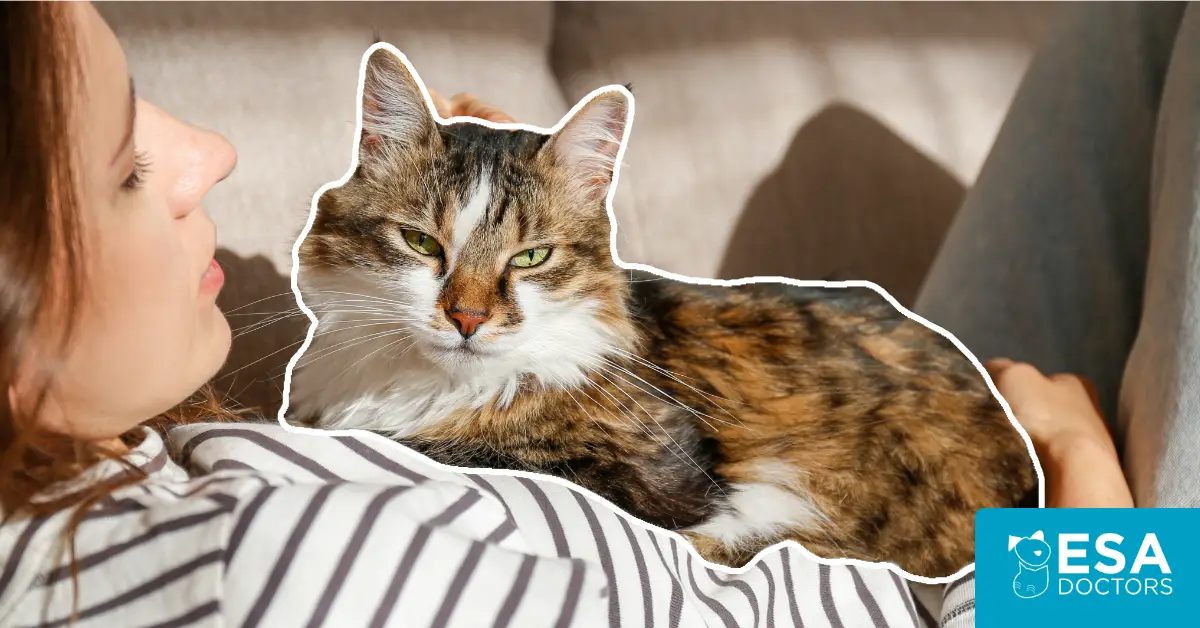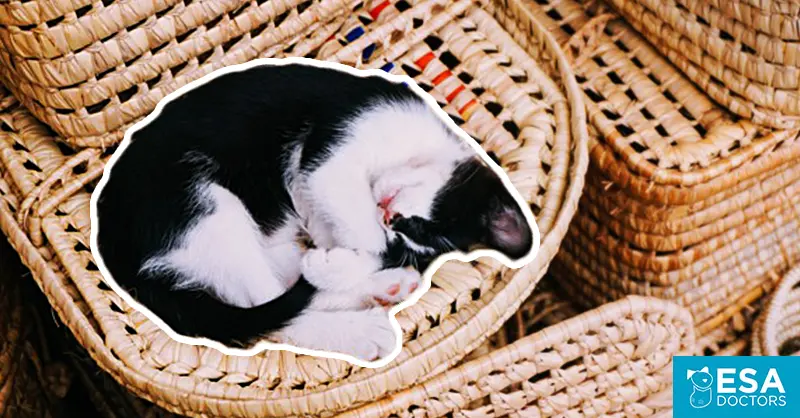If you’re like most cat parents, you’ve probably looked at your feline friend curled up in their favorite sunny spot and wondered how to keep them healthy and happy for as long as possible. The good news? Our cats are living longer than ever — and exciting new research might help them live even longer!
How long are cats living today?
Back in your grandmother’s day, the average cat lived just 7–10 years. Now, many of our indoor cats live well into their late teens and early twenties. The world record for the oldest cat is 38 years — an extraordinary age that shows us what’s possible with proper care. And this isn’t just luck — we’ve learned much about what cats need to thrive, and veterinary medicine has come a long way.
Breakthrough Japanese Research
What’s really exciting is the groundbreaking research underway that aims to double the life span of cats! In Japan, Professor Toru Miyazaki and his team at the University of Tokyo have been trying to solve a mystery: Why do so many cats develop kidney problems as they age?
Their discovery is fascinating. Cats are missing something crucial in their blood: a protein called AIM that acts like a tiny cleanup crew for their kidneys. Think of it like this: in most animals, including humans, this protein helps clear away cellular debris that naturally builds up in the kidneys over time. But cats are unique — they’re the only mammals whose bodies accidentally shut down this cleanup system. It’s as if their immune system is an overeager security guard that mistakes the cleanup crew for intruders and sends them packing.
Without this cleanup crew, waste builds up in cats’ kidneys over time, eventually leading to disease. More than half of cats over 15 develop kidney problems, making it one of the biggest threats to their longevity. But here’s where it gets exciting: Professor Miyazaki’s team isn’t just studying the problem — they’re working on solutions. They’ve developed an injection that could help restore the kidney’s cleanup system, and they’re even working on special cat food enriched with this protein that might prevent kidney damage from starting in the first place.
The Indoor Cat Advantage
While we wait for these promising treatments to become available, there’s plenty we can do right now to help our cats live longer. One of the most significant decisions you can make is keeping your cat indoors. Indoor cats typically live 12-18 years, while outdoor cats often live just 8-12 years. The math is simple: keeping your cat indoors protects them from cars, other animals, diseases, and harsh weather.
But “indoor cat” doesn’t have to mean “bored cat.” Many creative cat parents are building “catios” — enclosed outdoor spaces where cats can safely enjoy fresh air and sunshine. Even a secure screened window or cat-proofed balcony can give your pet a taste of the outdoors without the risks.
The Power of Prevention: Regular Vet Care
Regular vet visits are necessary, even when your cat seems perfectly healthy. Cats are masters of hiding illness — by the time they show obvious symptoms, a problem might be pretty far along. Think of these checkups like changing the oil in your car — it’s way easier to prevent problems than to fix them later. Young cats should see the vet yearly, while cats over 7 should visit twice a year.
Here’s something many people don’t realize: dental care can add years to your cat’s life. Dental disease isn’t just about bad breath — it can lead to heart, kidney, and other health problems. When your vet recommends a dental cleaning, they’re not trying to upsell you — they’re trying to help your cat live longer.
Food Choices Matter
The pet food aisle can be overwhelming but focus on quality rather than marketing hype. Many vets recommend including wet food in your cat’s diet. The extra moisture can help prevent kidney problems, which we now know is especially important given cats’ unique biology. Look for wholesome, minimally processed ingredients and human-grade labeling to ensure your cat gets the best nutrition possible.
While your cat might convince you they’re always starving, keeping them at a healthy weight is one of the best things you can do for their longevity. More than half of indoor cats are overweight, which can lead to diabetes, joint problems, and shorter lifespans.

Signs to Watch For
Pay attention to subtle changes in your cat’s habits. These could be early warning signs of health issues:
- Drinking more or less water than usual
- Changes in appetite
- Different litter box habits
- Decreased activity or mobility
- Changes in grooming habits
- New hiding behaviors
Keeping Mind and Body Active
Like humans, cats need physical and mental exercise to stay healthy. Set aside time each day for play sessions — not only does this keep them fit, but it’s also great bonding time. Puzzle feeders, climbing structures, and rotating toys can keep their minds sharp and prevent boredom.
Try to schedule two or three play sessions each day, each lasting about 10–15 minutes. The best time is often before meals, as this mimics the cat’s natural pattern of hunting, catching, eating, grooming, and sleeping. Wand toys are perfect for this because they let your cat stalk, chase, and pounce. Laser pointers can be fun, too, but always end the game with a real toy the cat can “catch” to avoid frustration.
Looking to the Future
The science of cat health keeps advancing, and the future looks bright. But remember, the most powerful factor in your cat’s longevity isn’t some breakthrough treatment or fancy supplement. It’s you who provides daily care and attention and gets help when they need it. After all, the goal isn’t just adding years to your cat’s life — it’s adding life to their years.
Does your cat provide emotional support?
Work with a licensed professional to get a legit ESA letter in your state.





Leave a Comment